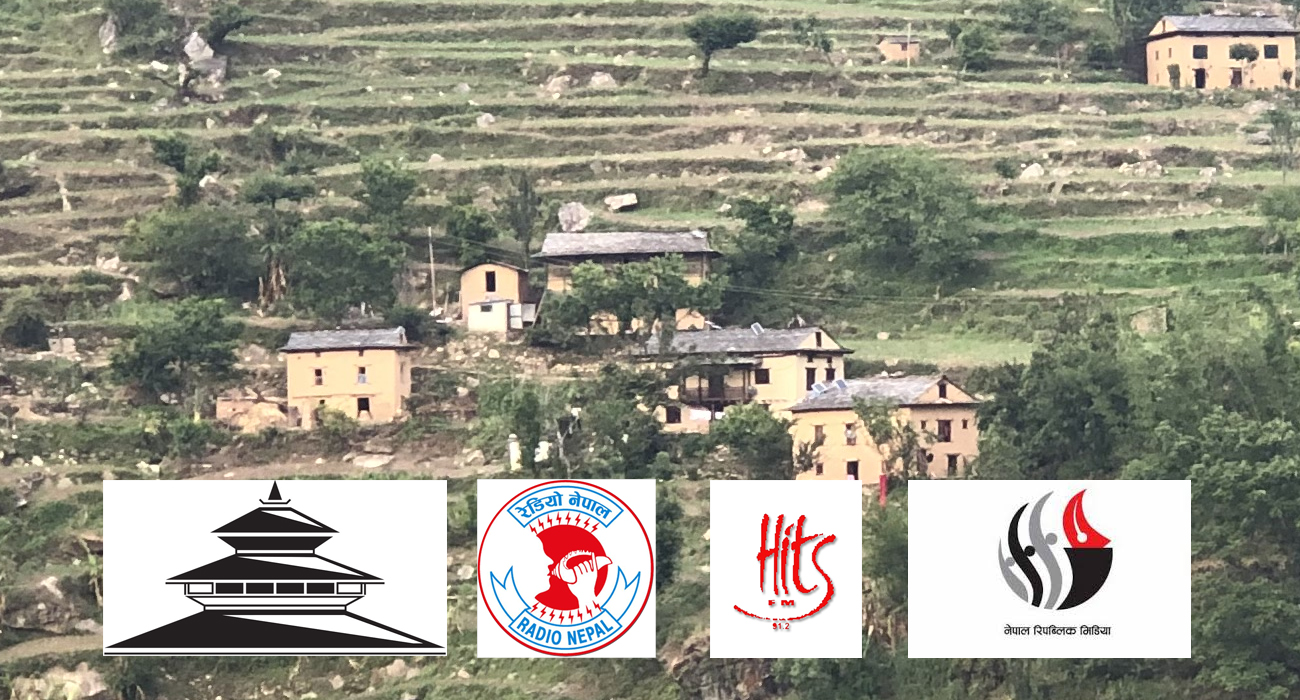Projects
Himalayan Biodiversity

Nepal is a mountainous country in the central Himalayas, which occupies about one third of (800 km) of the entire length of the Himalayan mountain range. The country has a distinct altitudinal and longitudinal biological gradient. This is because of unique geographic position, diverse biogeographical realms and variation in altitude and climate. Thus, Nepal is known for exceptionally rich in biodiversity in term of size. Nepal is also regarded as a role model in protecting globally endangered flora and fauna with a network of protected areas, community-based forest management and landscape conservation practices. However, there are serious conservation gaps. Protected areas were established in the either lower altitudes or higher altitudes. The mid-hill mountains (1000-3500 m asl) are under-represented in the protected area network. The mountains of mid-western Nepal are surprisingly neglected in conservation under protected area network although reports suggest that the area has high endemism, total plant species richness and supports globally threatened (critically endangered and vulnerable) flora and fauna. This project aims to examine conservation needs in mid-western Nepal by conducting a biodiversity reconnaissance survey by documenting status of threatened flora and fauna and their conservation.


